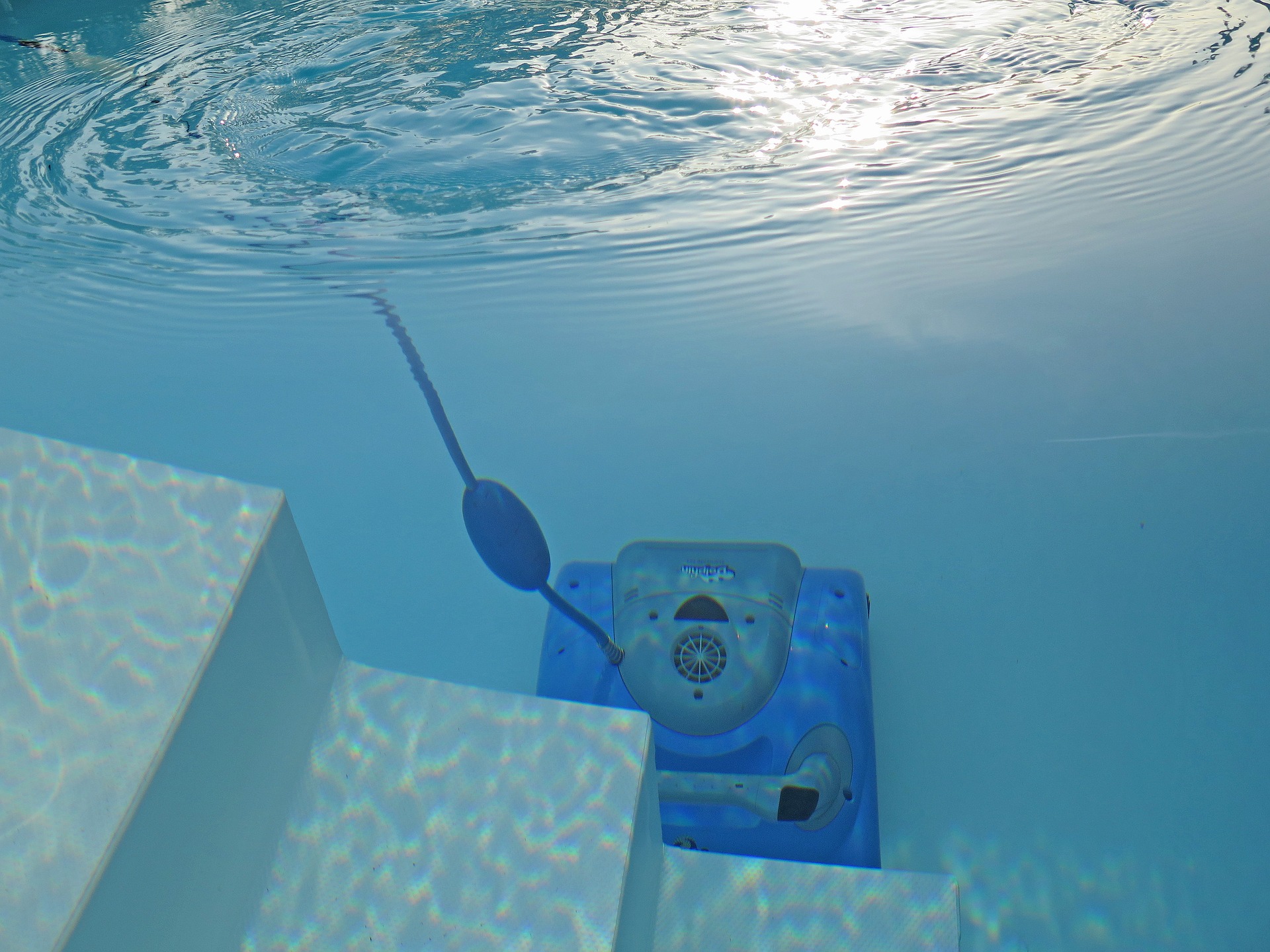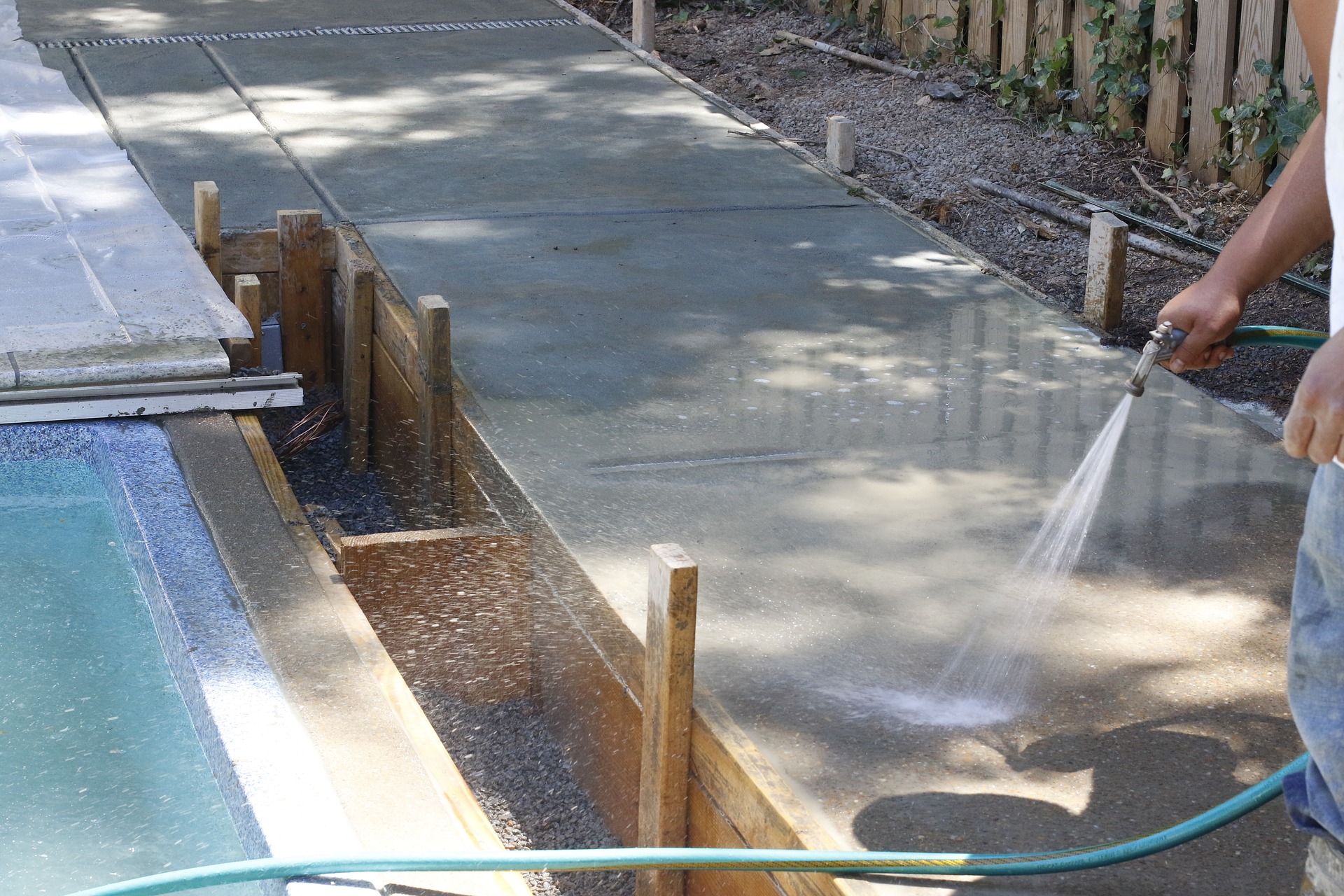by Ryan
Share
by Ryan
Share

How Do Automatic Pool Cleaners Work And Which Are The Best?
There are a variety of Automatic Pool Cleaners and they all need a motive (moving) force which varies and they use in different ways. However generally they can be put into two main categories:-
1. Suction side bottom and surface cleaners these are connected into the suction of the pool pump and come on when the suction starts and,
2. Pressure side cleaners which work by utilizing a venturi system for trapping larger particles like leaves seeds blowing the fine dust back up into the water to be sucked into the static skimmer.
In the second category, there is also the pressure side cleaner that has it own dedicated pump in it.
Never doubt that automatic pool cleaners are an essential part of your pool enjoyment. Sparkling clear water is the result of keeping up with pool maintenance.
If you are reading this before you buy a pool cleaner, let me suggest that the automatic pool cleaner you choose to purchase should not only be able to remove leaves and other large pieces of debris from your pool, but it should also remove the algae and bacteria that can build up.
You also need to have a large collection bag so that it can hold all the debris that the cleaner sucks up during the cleaning process over a long time, so that you can let the cleaner just get on with the job without too many visits daily while it is working.
Pressure Side Pool Cleaners
This cleaner type uses the pressure from the return pump or it may have it’s own separate pump. The pressure of the water through the cleaner head generates a vacuum to gather all the dirt and debris in the pool into the collection bag. Usually there is a tail attached to stir up the smaller particles on the bottom. The water filters in the pool circulation system will remove the smaller pieces that the cleaner leaves behind.
Most Automatic Pool Cleaners are of the “pressure-side” type. Using pressure technology allows these pool cleaners to trap debris in their own filter bag for easy emptying rather then clogging up the filtration system. Skimmers are also left to perform their normal function of skimming action.
High Performance automatic cleaners have been available for swimming pools of all types and sizes for many years but recently the range of manufacturers and designs has increased substantially. The speed of cleaning has also improved with some of these robots able to clean a whole pool in only 2-3 hours.
Just for a moment considering the Polaris range:
The original single-jet Polaris is still popular. Powered by a separate booster pump, the Polaris Vac-Sweep 180 is suitable for all in-ground pools.
The Polaris 360 is also available which easily connects to a dedicated pressure line and is suitable for all in-ground pools. It sweeps, scrubs, and vacuums the bottom, walls, and steps of all pool surfaces.
And with so many above ground pools now in people’s gardens the manufactures have developed models specifically for those which within the same range is the Polaris Turbo Turtle, designed to be a quick and easy way to clean your above ground pool.
The bottom line is that your automatic pool cleaner will allow you to spend more time enjoying your pool, removing the need for the owner to sweep and scrub. The best pool cleaners are durable, dependable, energy efficient and operate at close to 100% efficiency for many years without wearing out.
All automatic swimming pool cleaners work in the same way in that they wander around the bottom of the pool and usually up the sides as well at random sucking up leaves, dirt and fine material until they cover the whole of the pool.
However that is where the similarity ends. How they suck and move around, and what they do with the dirt varies from cleaner to cleaner. That, and solving our visitors pool cleaning, maintenance and safety problems is what this web site is about.
STAY IN THE LOOP
Subscribe to our free newsletter.
Leave A Comment
While it may seem overwhelming, restoring your pool to its pristine condition is achievable with the right steps and care.
Creating the pool of your dreams starts with thoughtful design tailored to your needs, lifestyle, and space.



